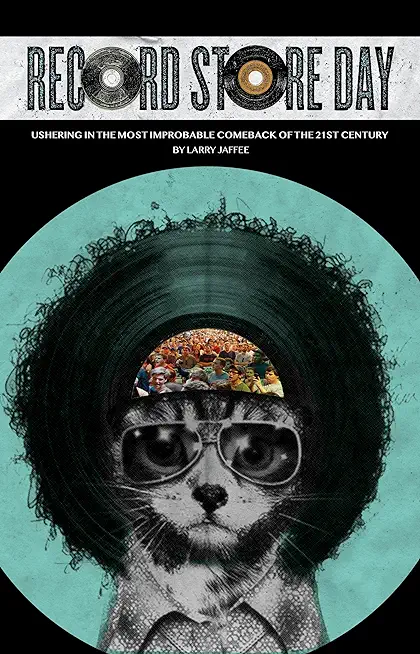
description
2From award-winning author Paulina Bren comes the "captivating portrait" (The Wall Street Journal) of New York's most famous residential hotel--The Barbizon--and the remarkable women who lived there. Welcome to New York's legendary hotel for women. Liberated from home and hearth by World War I, politically enfranchised and ready to work, women arrived to take their place in the dazzling new skyscrapers of Manhattan. But they did not want to stay in uncomfortable boarding houses. They wanted what men already had--exclusive residential hotels with maid service, workout rooms, and private dining. Built in 1927, at the height of the Roaring Twenties, the Barbizon Hotel was designed as a luxurious safe haven for the "Modern Woman" hoping for a career in the arts. Over time, it became the place to stay for any ambitious young woman hoping for fame and fortune. Sylvia Plath fictionalized her time there in The Bell Jar, and, over the years, it's almost 700 tiny rooms with matching floral curtains and bedspreads housed, among many others, Titanic survivor Molly Brown; actresses Grace Kelly, Liza Minnelli, Ali MacGraw, Jaclyn Smith; and writers Joan Didion, Gael Greene, Diane Johnson, Meg Wolitzer. Mademoiselle magazine boarded its summer interns there, as did Katharine Gibbs Secretarial School its students and the Ford Modeling Agency its young models. Before the hotel's residents were household names, they were young women arriving at the Barbizon with a suitcase and a dream. Not everyone who passed through the Barbizon's doors was destined for success--for some, it was a story of dashed hopes--but until 1981, when men were finally let in, the Barbizon offered its residents a room of their own and a life without family obligations. It gave women a chance to remake themselves however they pleased; it was the hotel that set them free. No place had existed like it before or has since. "Poignant and intriguing" (The New Republic), The Barbizon weaves together a tale that has, until now, never been told. It is both a vivid portrait of the lives of these young women looking for something more and a "brilliant many-layered social history of women's ambition and a rapidly changing New York through the 20th century" (The Guardian).
member goods
No member items were found under this heading.
Return Policy
All sales are final
Shipping
No special shipping considerations available.
Shipping fees determined at checkout.







